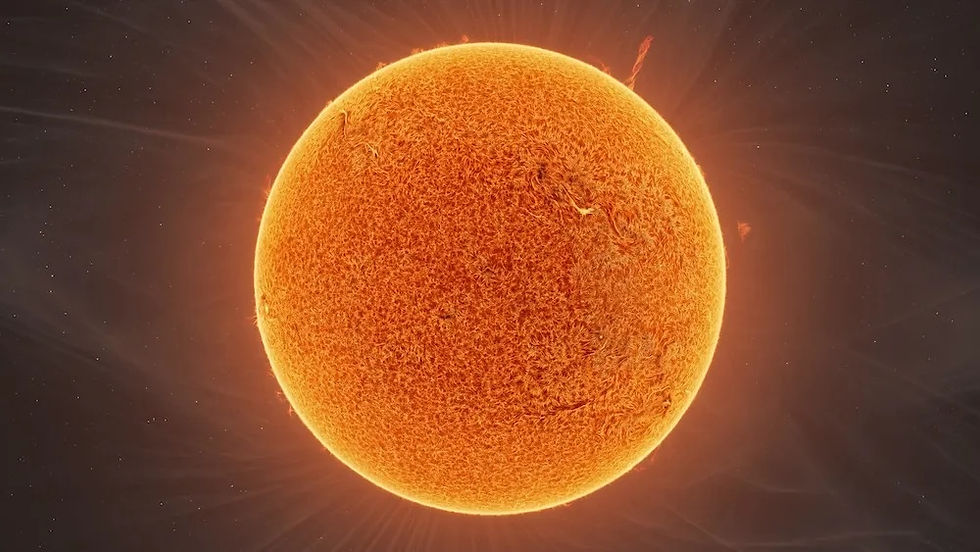The Universe’s Oldest Photograph: Cosmic Microwave Background
- Max Nguyen
- Mar 21
- 1 min read

Imagine looking at a photograph so ancient that it captures the universe in its infancy, just 380,000 years after the Big Bang. That's essentially what we see when we study the Cosmic Microwave Background (CMB)—an almost perfectly uniform glow permeating all of space. Discovered accidentally in 1965 by astronomers Arno Penzias and Robert Wilson (who thought pigeons might be responsible for the unexpected noise in their antennas!), the CMB has since revolutionized astrophysics, becoming one of the most crucial tools for understanding the early universe.
The CMB is actually residual radiation from when the universe cooled enough for electrons to finally bind with protons, allowing photons to travel freely for the first time. These photons have been stretching along with space ever since, shifting into microwave wavelengths we detect today. Detailed studies, like NASA’s WMAP and ESA’s Planck missions, have precisely measured the CMB’s tiny temperature fluctuations—variations of just millionths of a degree. Amazingly, these slight irregularities represent regions of slightly different density in the early universe, acting as cosmic seeds from which all galaxies and large-scale structures eventually emerged.
Even cooler (no pun intended!) is how the CMB helps physicists tackle profound mysteries. Analyzing its patterns has allowed scientists to measure the universe’s age (approximately 13.8 billion years), geometry (flat, to extraordinary precision), and composition, including ordinary matter, dark matter, and dark energy. In essence, this cosmic afterglow serves as our clearest window into the conditions immediately after the Big Bang, offering us invaluable insights into how our universe came to be.



Comments